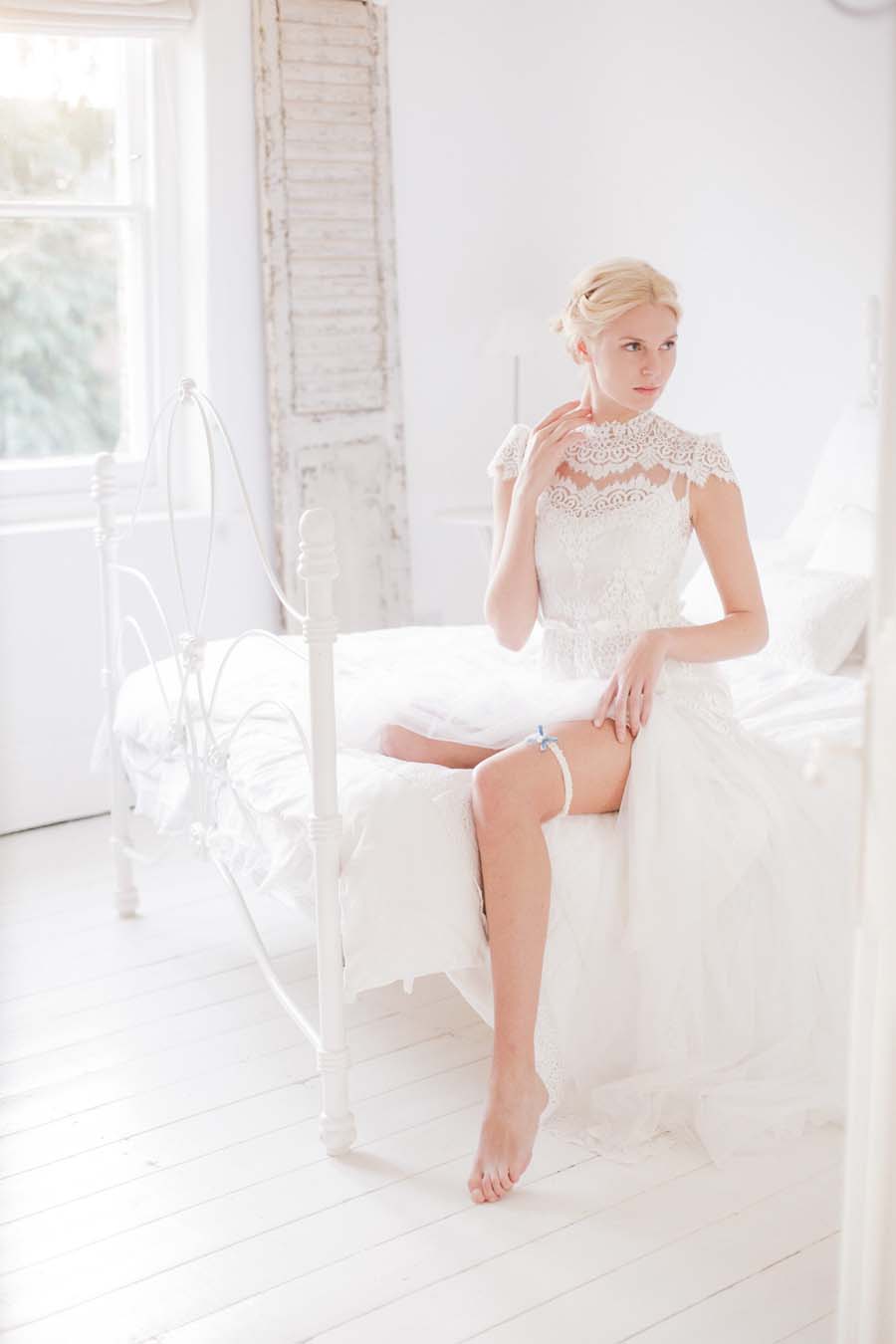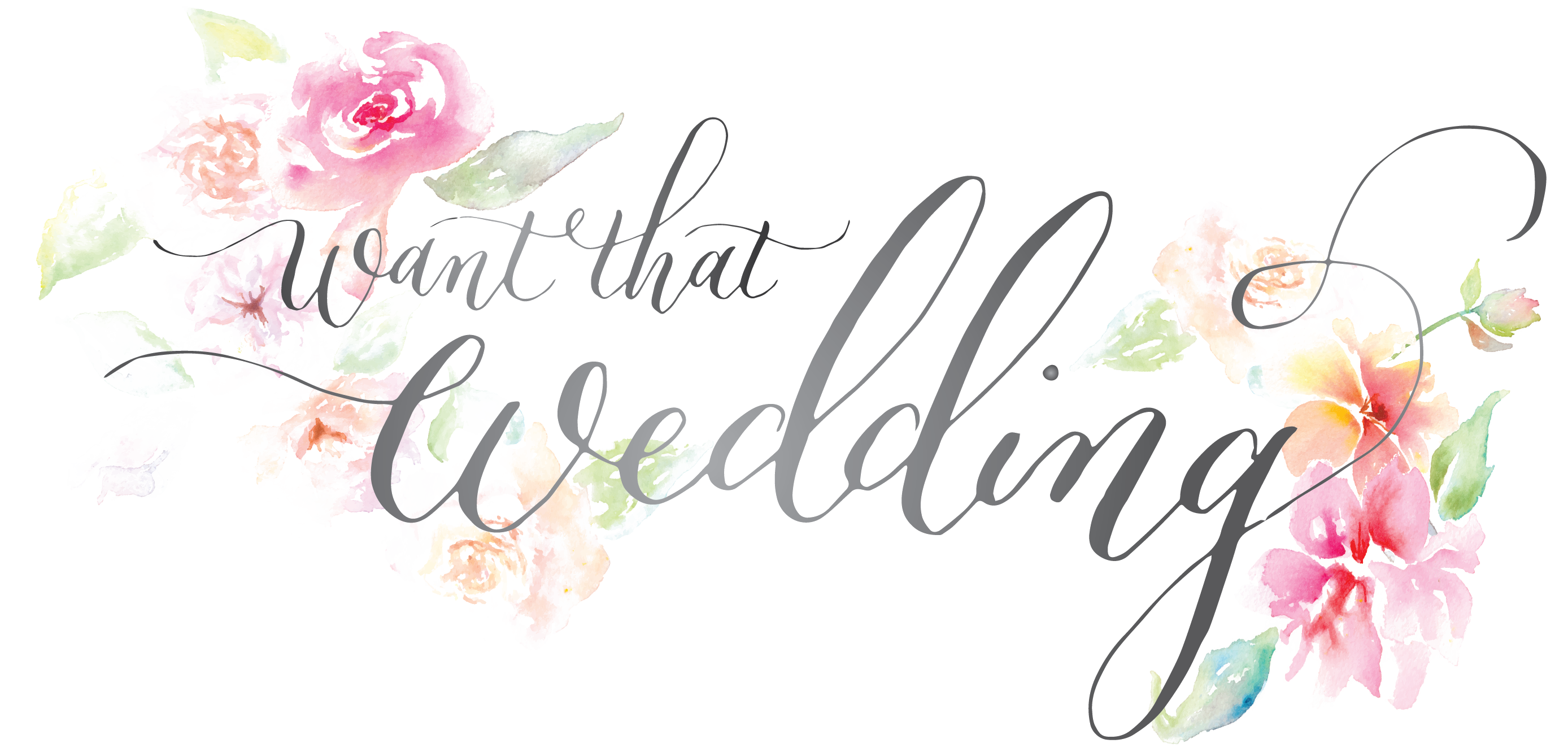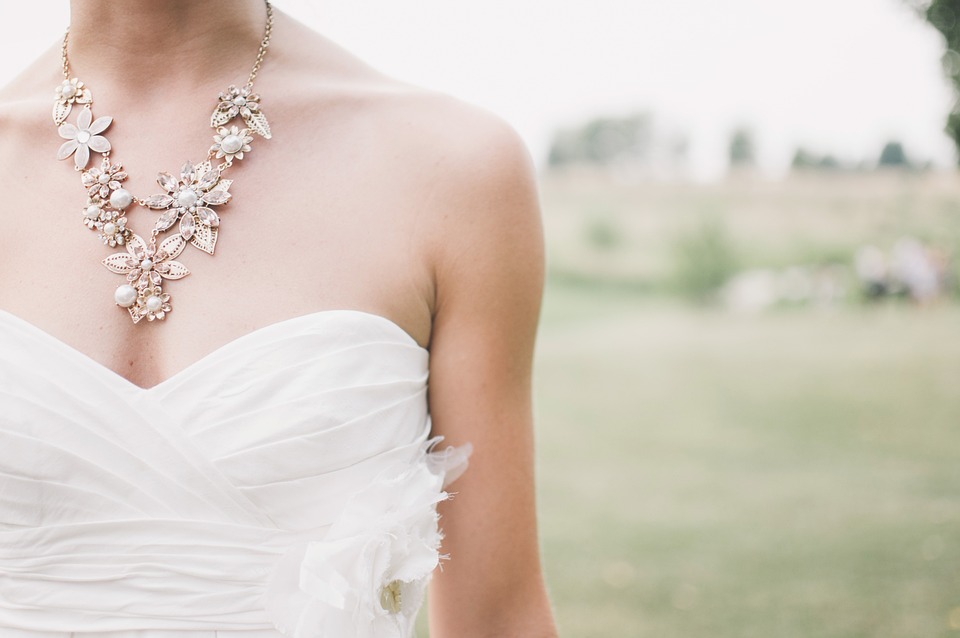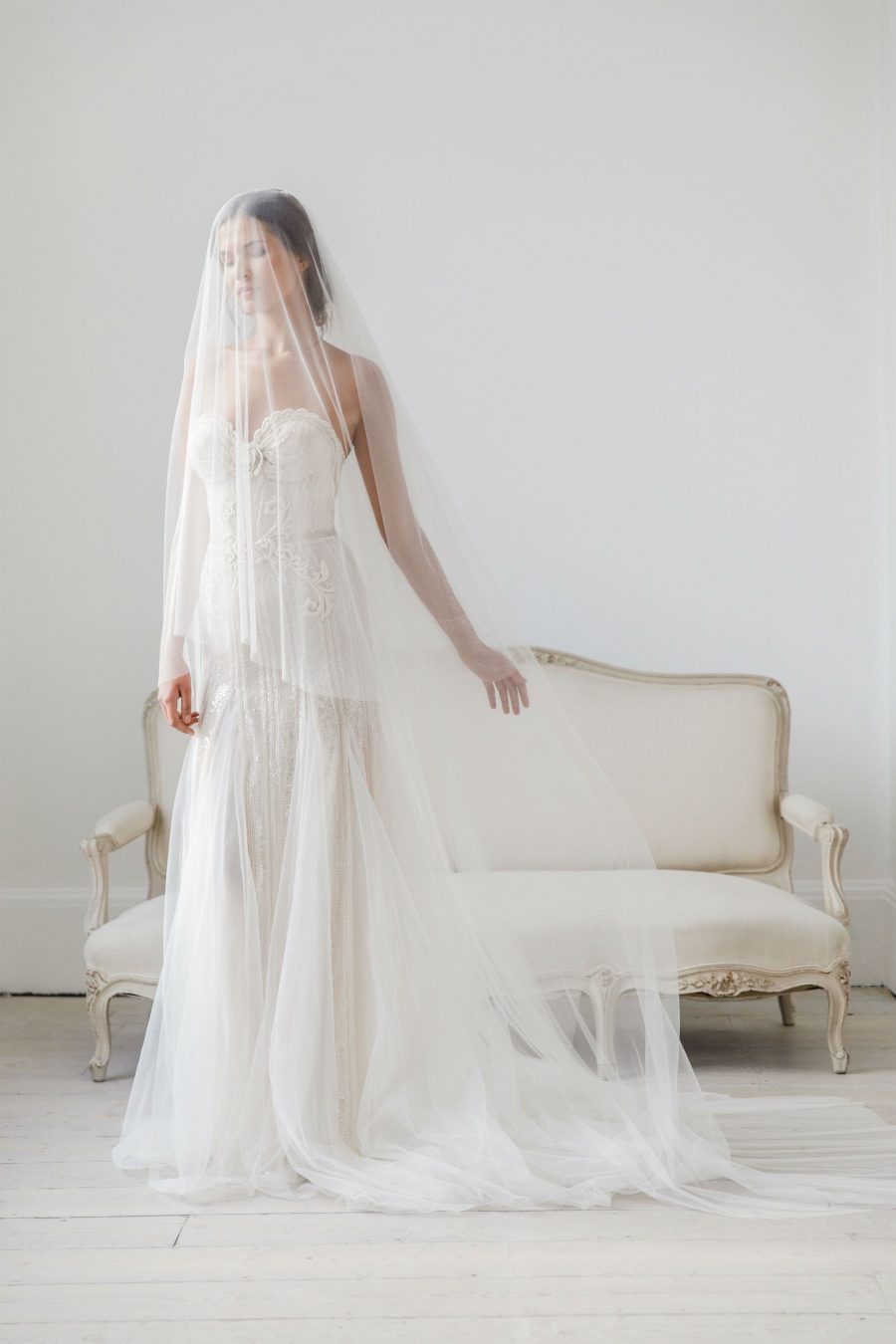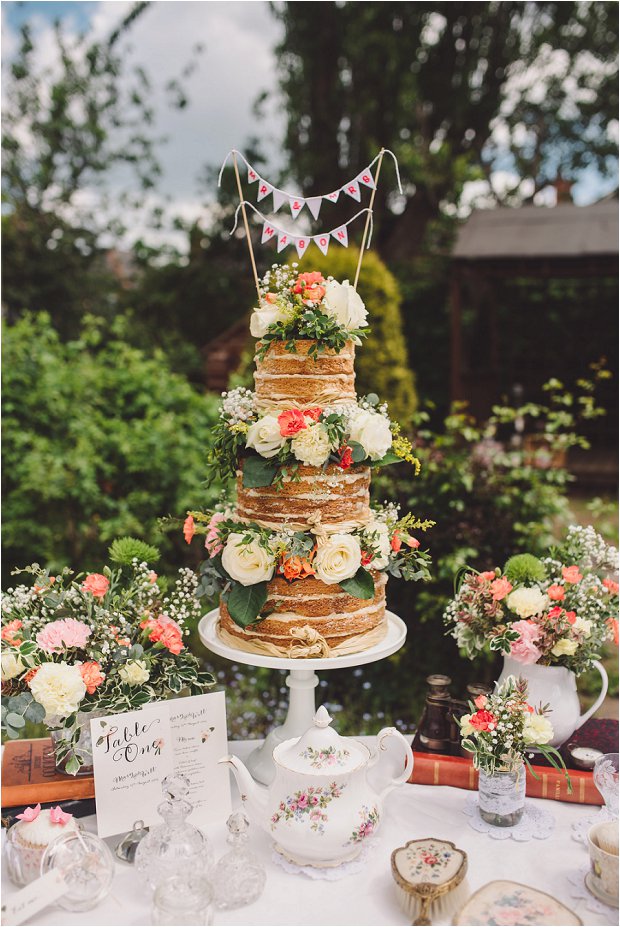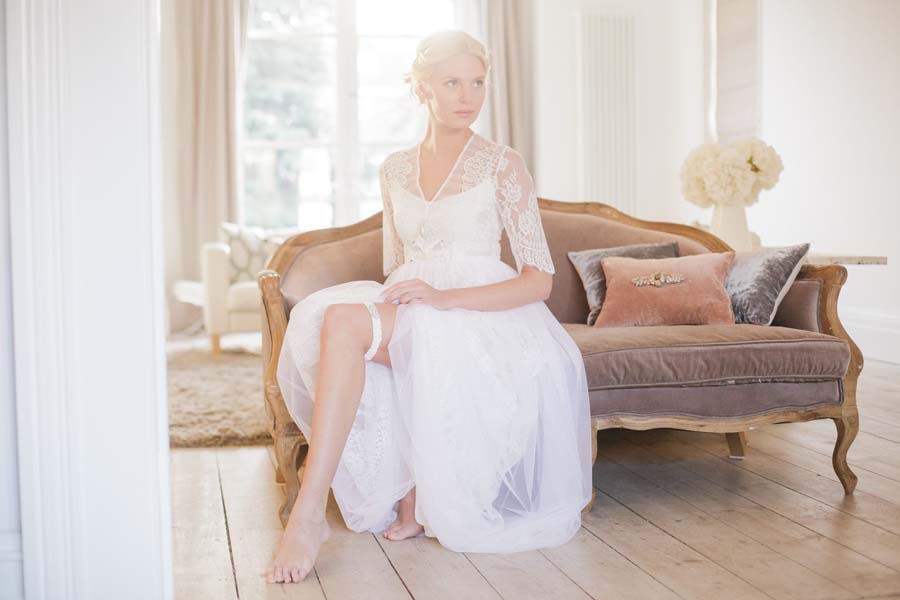
Everything you Need to Know About Wedding Garters
When it comes to your big day, all aspects should be perfect.
There are the big decisions that everyone daydreams about at some point in their life, including who to invite, where to have the reception and, of course, the selection of the all-important dress.
Yet more often than not, when it actually comes to planning a wedding, many an excited bride-to-be can overlook the personal details that truly make up a stunning day.
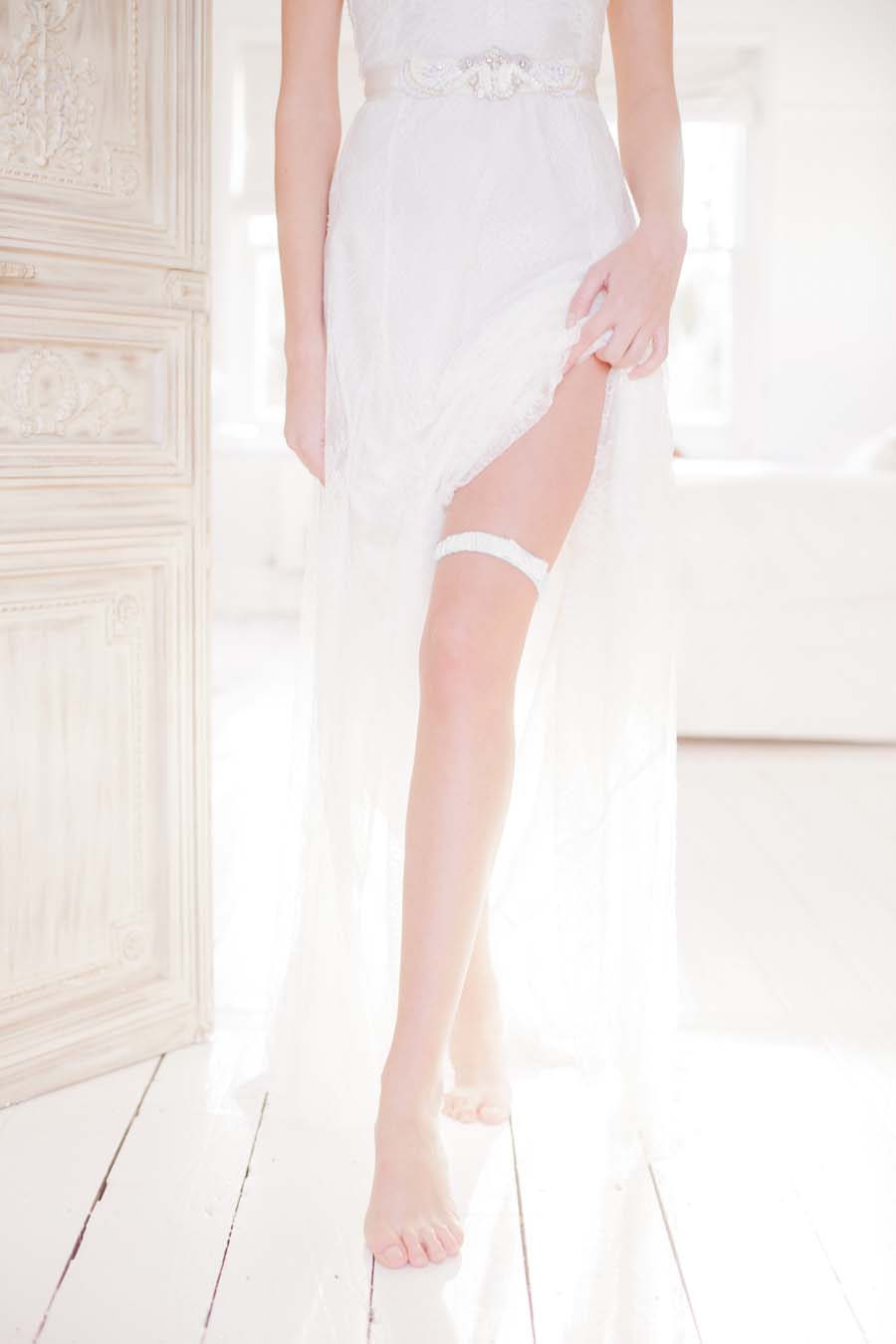
No matter how many hours you have spent lusting over the endless and detailed ‘to do’ lists on Pinterest, a must-have accessory that can be sometimes forgotten about completely, is the garter.
“But aren’t garters only popular at weddings in the US?”
Whilst it is a tradition for most weddings over the pond to have an entire section of the ceremony dedicated to the famous ‘garter toss’, here in the UK we have been including the meaningful element in our nuptials for years.
Finding the perfect one for you is the most difficult part; why not read on to learn more about the history of the garter, and also what you need to consider when selecting yours.
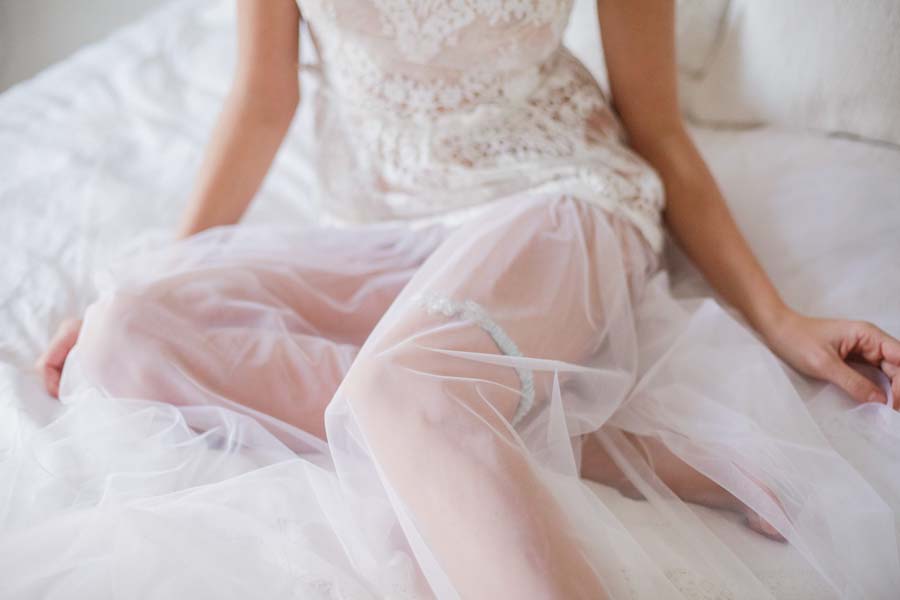
What is a Garter?
Where most of us will be familiar with the garter as a seductive fashion statement, seen repeatedly in the fabulous wedding films that we have grown attached to in the run-up to our own big day, a garter is – at a functional level – a band of fabric that is worn around a person’s leg to ensure a sock or stocking is kept up.
Whilst nowadays garters might generally be thought of as a woman’s accessory, in the past they were popular for men in Elizabethan England, with several Shakespearean characters sporting colourful garters as a means of self-expression.
Whether a provocative surprise for you and your betrothed on your wedding night or a keepsake item in which you combine a sacred memory with something tangible, garters are the greatest way to mix functionality and style on the most important day of your life.
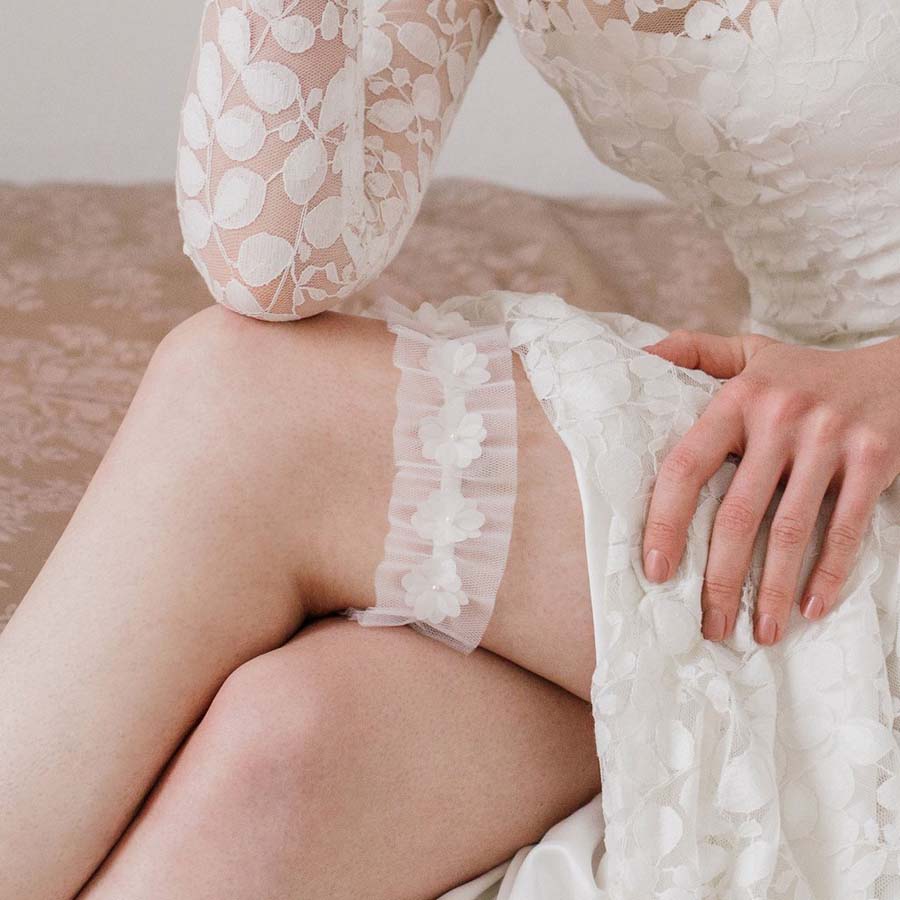
The History of the Garter
Honest superstitions originating in Medieval times meant that all aspects of weddings had to adopt specific good luck rituals in order to encourage blissful fortune in the forthcoming marriage. Through this, the bride became somewhat of a good luck charm herself, meaning that each accessory worn swiftly became a token of appreciation and admiration by the wedding guests.
It quickly became an exciting part of the wedding ceremony in which the groom was to remove the garter from the bride and toss it into the crowd of ready male guests. The individual who was lucky enough to catch the garment was guaranteed a happy and fulfilling life, and this tradition still reigns strong today.
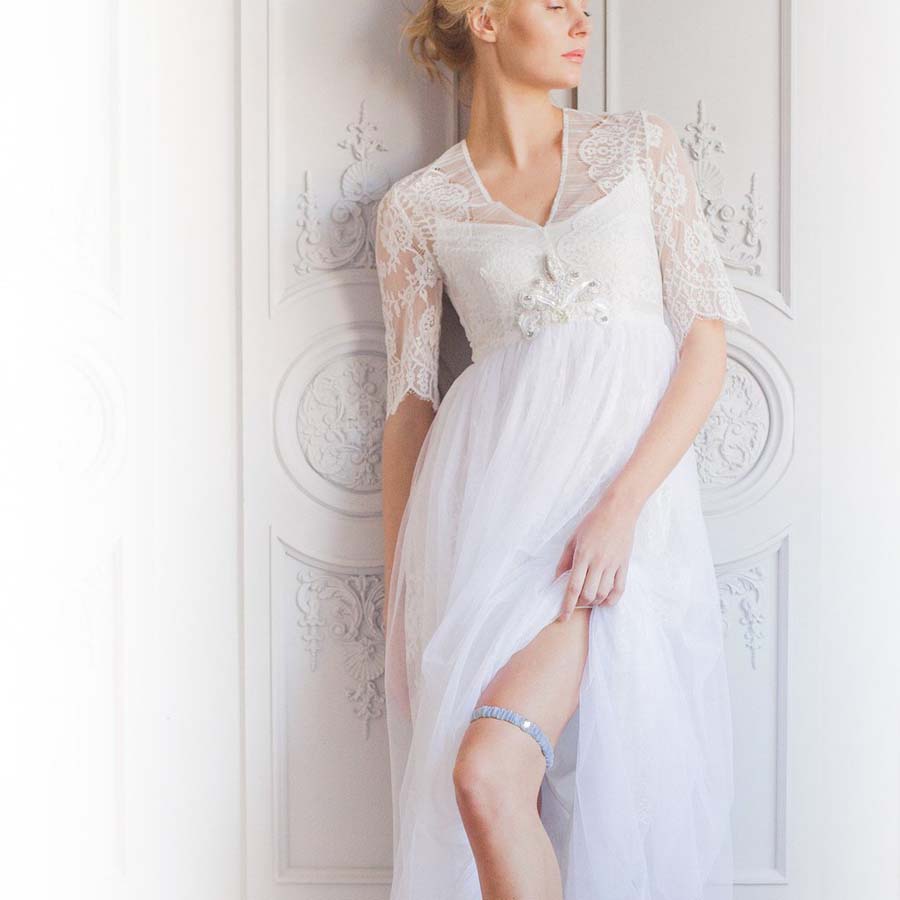
How to Pick the Best Garter for You
In a similar stance to picking the dress of your dreams, the options when it comes to finding the perfect matching garter are also extensive.
Important factors to remember include:
- The Materials of Your Dress
If you have opted for a slim-fit wedding dress, a silk bridal garter might be preferable to avoid any of the outlines being visible from beneath the dress. Alternatively, a lace bridal garter works brilliantly with the classical wedding dress, with both the materials matching and the styles maintaining a breathtaking aesthetic throughout.
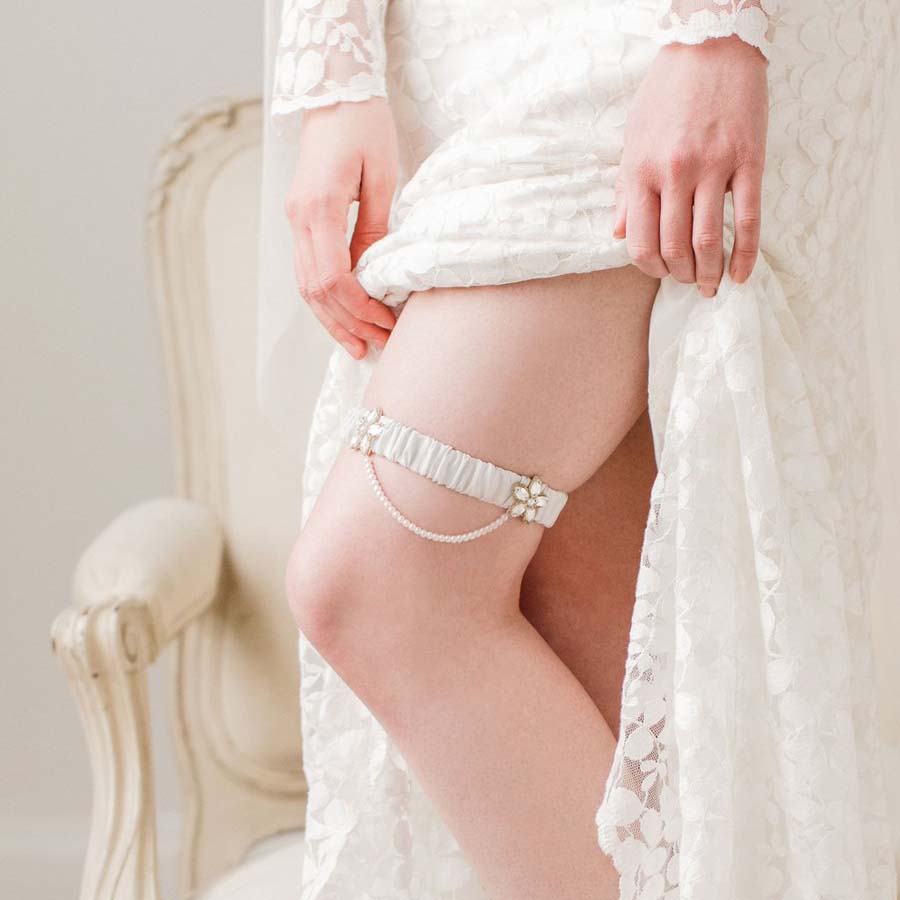
- Traditions
With an entire range of garters made using a hint of blue, you can incorporate two special traditions into one memorable keepsake. On the other hand, why not begin your own tradition, with a unique Tulle-fabric garter? Using the same material as the traditional veil, the garter can be passed down through generations, providing a heartfelt gift to your loved ones in years to come.
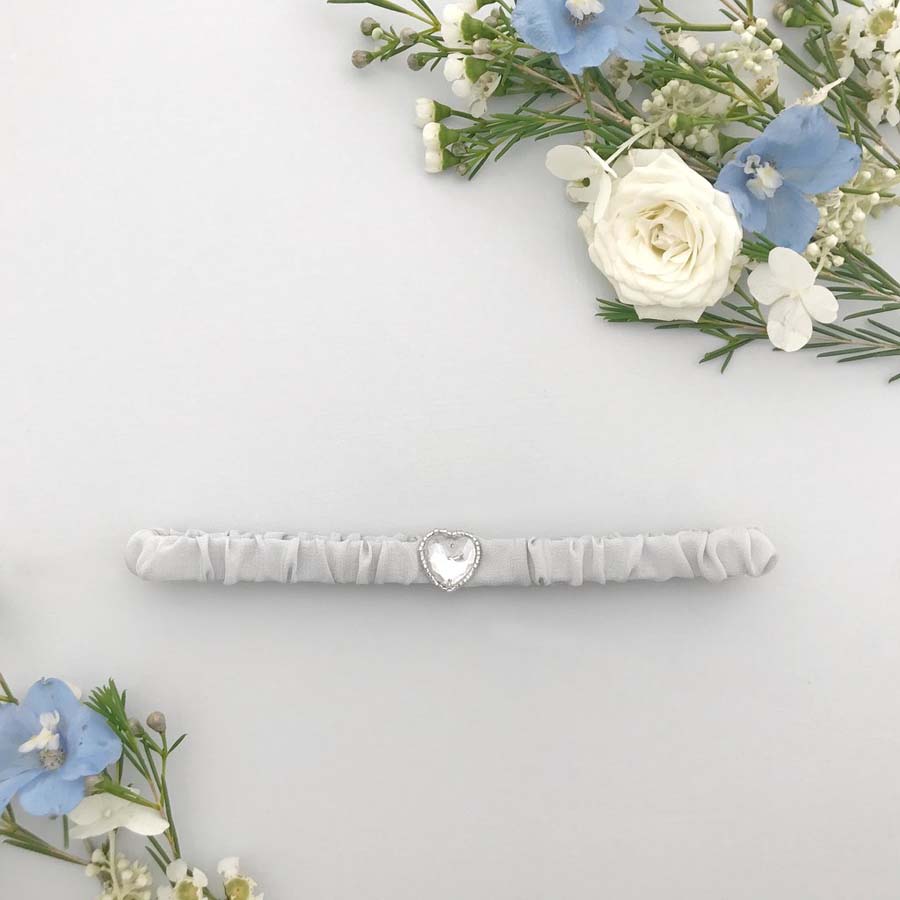
- Measurements
The last thing that any bride wishes to feel on the most precious day of her life is uncomfortable – with many suppliers offering bespoke weddings garters adaptable to different leg sizes, suppliers can often ensure to work to any specific measurements.
